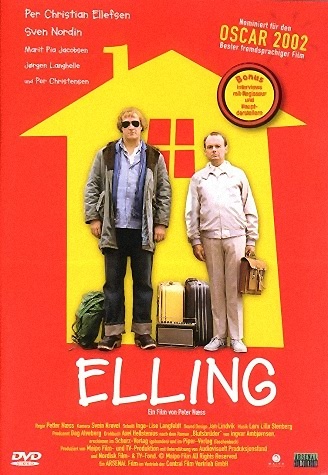In "Telling It Like It Isn't," Robert Fisk comments on the pressures brought to bear on American journalists over their word choices, especially in their coverage of Iraq and the rest of Middle East and "the semantic effect of this journalistic obfuscation."
And Fisk has this to say about the video coverage of the Iraq war:
American television, meanwhile, continues to present war as a bloodless sandpit in which the horrors of conflict — the mutilated bodies of the victims of aerial bombing, torn apart in the desert by wild dogs — are kept off the screen. Editors in New York and London make sure that viewers' "sensitivities" don't suffer, that we don't indulge in the "pornography" of death (which is exactly what war is) or "dishonor" the dead whom we have just killed.
Our prudish video coverage makes war easier to support, and journalists long ago became complicit with governments in making conflict and death more acceptable to viewers. Television journalism has thus become a lethal adjunct to war.
It's true, of course. You will not see bloody physical agony, death, and dismemberment on American television except on the Discovery Health Channel. Never, never, never in war coverage.
The heavy editing of war footage is not to accommodate the sensitivities of American viewers -- who apparently can make it through the typical programming day of the Discovery Health Channel -- but to accommodate those in charge of the American war machine, who obviously know best how to market their product.



No comments:
Post a Comment